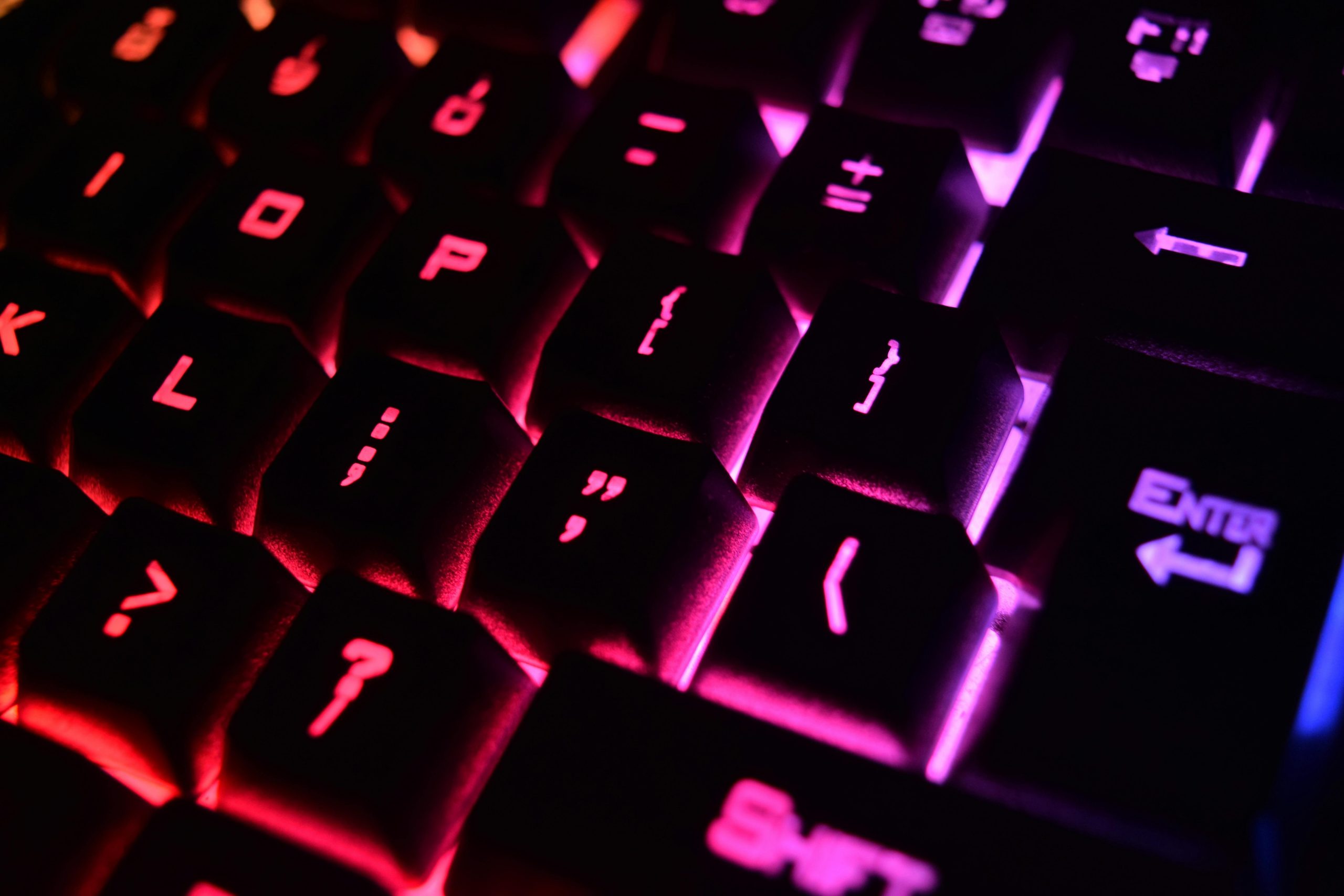Troubleshooting a PC That Powers On but Displays No Output or Peripheral Functionality
Encountering a non-responsive PC can be frustrating, especially when fans and lighting continue to run, but there’s no display or peripheral activity. Such issues often arise from hardware, connection, or configuration problems. Below, we explore common causes and systematic troubleshooting steps to help resolve this problem.
Scenario Overview
A user reports that while playing Cyberpunk 2077, their PC suddenly froze. Upon restarting, the system powers on with operational fans and LED lighting but no display output and unresponsive mouse and keyboard. Initial steps taken include swapping RAM modules across different slots, removing and reinstalling components, and even replacing the motherboard—all without success.
Understanding Potential Causes
Several hardware issues can lead to a scenario where the PC powers on but exhibits no display or peripheral functionality:
- Graphics Card Problems: Failures or improper seating can prevent video output.
- Memory Issues: Faulty RAM or incorrect configurations may cause boot failures.
- Motherboard Failures: Damage or defects can disrupt POST (Power-On Self Test) processes.
- Peripheral or Cable Problems: Bad cables or ports may result in no display signal.
- Power Supply Concerns: Insufficient or inconsistent power delivery can affect component operation.
- BIOS/UEFI Corruption: Corrupted firmware may prevent proper startup.
Systematic Troubleshooting Steps
- Verify Basic Connections and Hardware Seating
- Ensure all power cables are securely connected—particularly the 24-pin motherboard and 8-pin CPU power connectors.
- Confirm that the monitor cable is securely attached to the graphics card or motherboard output.
-
Check that peripherals (mouse, keyboard) are plugged into functioning USB ports.
-
Test with Minimal Hardware Configuration
- Remove all non-essential components, leaving only the CPU, one RAM stick, and GPU (if available).
- Swap RAM modules if multiple are available, testing each individually.
-
Use integrated graphics if your CPU and motherboard support it; remove the discrete GPU if integrated graphics are available.
-
Inspect Graphics Card and Video Output
- Reseat the graphics card firmly into its PCIe slot.
- Connect the monitor to the graphics card’s video output, not the motherboard’s onboard ports.
- Try a different video cable or port.
-
Test the graphics card in another system if possible.
-
Reset BIOS/UEFI Settings
- Clear CMOS by
Share this content:



